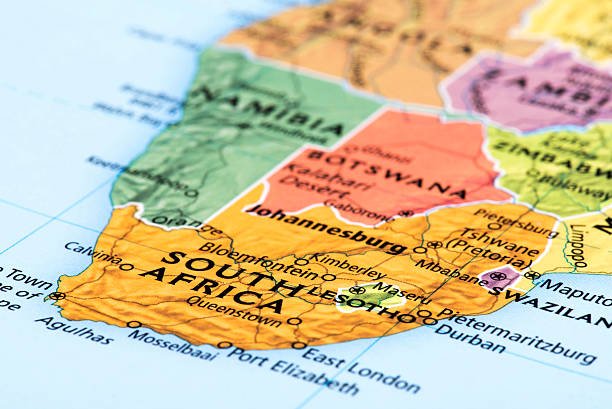South Africa’s relationships with different African countries can be broadly divided into its interactions with members of the Southern African Development Community (SADC) and other African countries outside this community. In this article, we will explore the differences between these two categories, focusing on political, economic, social, and cultural aspects, specifically considering South Africa’s unique standpoint.
The Southern African Development Community (SADC) is a regional economic community comprising 16 member states in Southern Africa. South Africa is one of the key members of this community, playing a significant role in regional integration and cooperation. Established to foster socio-economic cooperation and integration, SADC also aims to achieve peace and security within the Southern African region.
Differentiating Between SADC and Other African Countries in Relation to South Africa
Differentiating Between SADC (Southern African Development Community) and Other African Countries in relation to South Africa can be explained as understanding the differences in economic, political, and social relationships. SADC is a regional organisation consisting of 16 member states in Southern Africa, including South Africa, that work together to promote socio-economic cooperation and integration as well as political and security cooperation among member states. South Africa’s relationship with SADC is often more collaborative, aligned, and strategic, focusing on shared goals and regional development. In contrast, South Africa’s relationship with other African countries outside the SADC region might be more diverse and complex, influenced by differing political ideologies, economic interests, historical connections, and cultural factors. For example, trade agreements, security pacts, and cultural exchanges might differ significantly between SADC and other African nations, reflecting the unique characteristics and needs of each relationship.
Political Relationships
SADC Countries
South Africa’s relationship with SADC countries is characterized by closer political ties and collaborative efforts. The members work together on various political initiatives, including conflict resolution, political stability, and democratic governance. South Africa has played a mediatory role in conflicts within SADC countries such as Lesotho and Zimbabwe.
Other African Countries
South Africa’s political relationships with other African countries outside the SADC region may be less integrated but are still significant. The relationship often depends on mutual interests, historical connections, and specific agreements or alliances. The African Union (AU) serves as a platform for broader continental collaboration, but the relationships might not be as intense or focused as those within SADC.
Economic Relationships
SADC Countries
Economically, SADC fosters a more integrated and cohesive approach to development. South Africa, as the region’s largest economy, plays a leading role in investment, trade, and infrastructure development within the community. The SADC Free Trade Agreement has also facilitated more accessible trade relations among member states.
Other African Countries
South Africa’s economic relationship with other African countries is more diverse and less standardized. While there may be strong bilateral trade agreements with specific countries, the absence of a common regional framework like SADC can lead to more varied and sometimes challenging economic engagements.
Social and Cultural Relationships
SADC Countries
Culturally and socially, SADC countries share many commonalities with South Africa, given their geographical proximity and shared history. The apartheid struggle, liberation movements, and cultural exchanges have woven a tight social fabric within the region. This common understanding often reflects in joint social policies and cultural cooperation.
Other African Countries
While there are shared African values and cultural traits, South Africa’s relationship with countries outside the SADC region may not be as deeply intertwined. The connections might be more aligned with specific historical events, cultural exchanges, or social agreements, but without the consistent integration found within SADC.
Conclusion: A Dual Relationship
In conclusion, South Africa’s relationship with SADC and other African countries presents a complex and multifaceted picture. With SADC countries, the connection is more profound and more structured, guided by shared goals, history, and formal agreements. In contrast, relationships with other African countries are more varied, influenced by individual bilateral agreements, historical connections, and specific interests.
Understanding this differentiation is crucial for South Africa’s foreign policy, economic planning, and cultural diplomacy. It reflects the country’s dual role as a regional leader within Southern Africa and a key player on the broader African stage, constantly navigating the nuances of regional integration and continental collaboration. It also underscores South Africa’s commitment to both its immediate neighbours and the wider African community, balancing the needs and expectations of different partners in a rapidly changing continental landscape.

